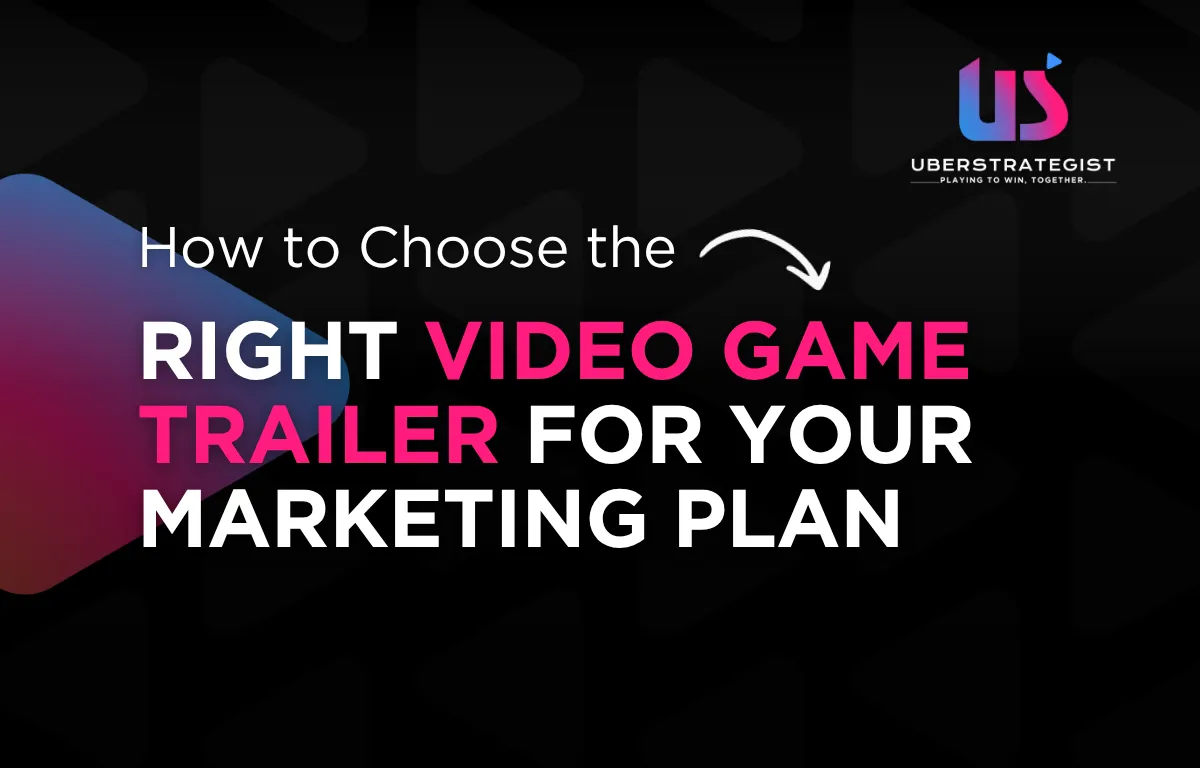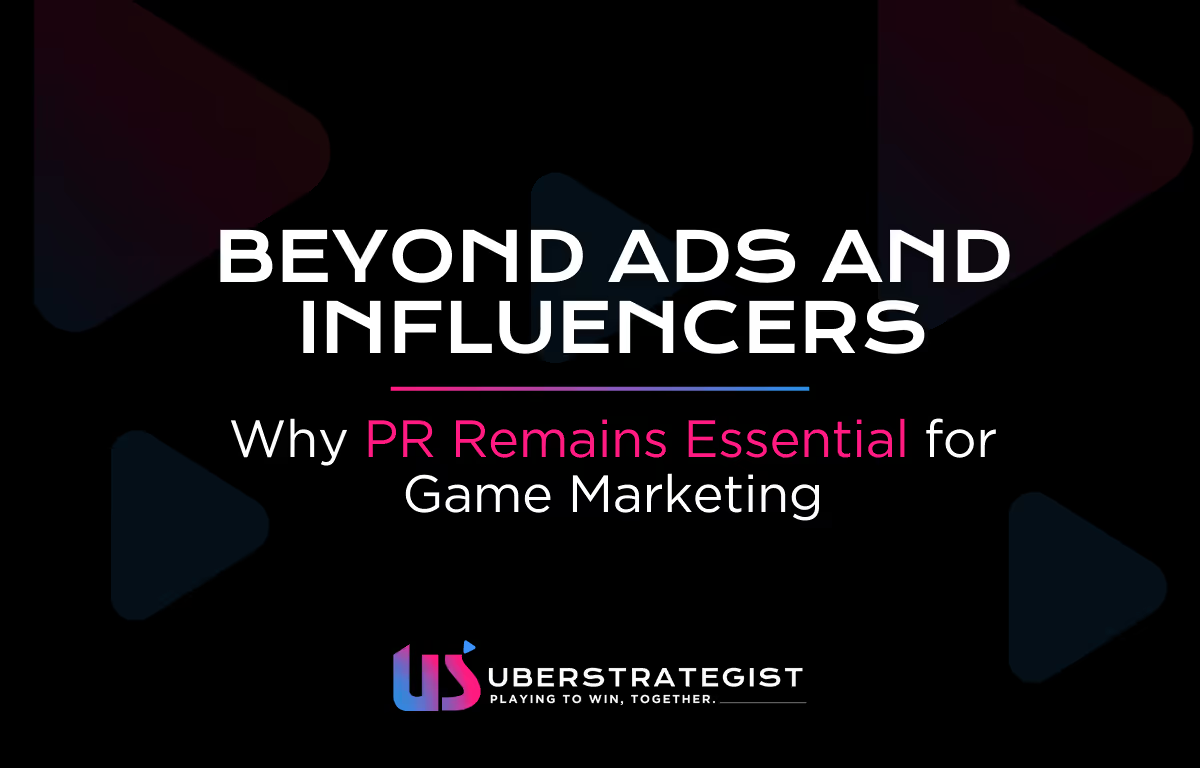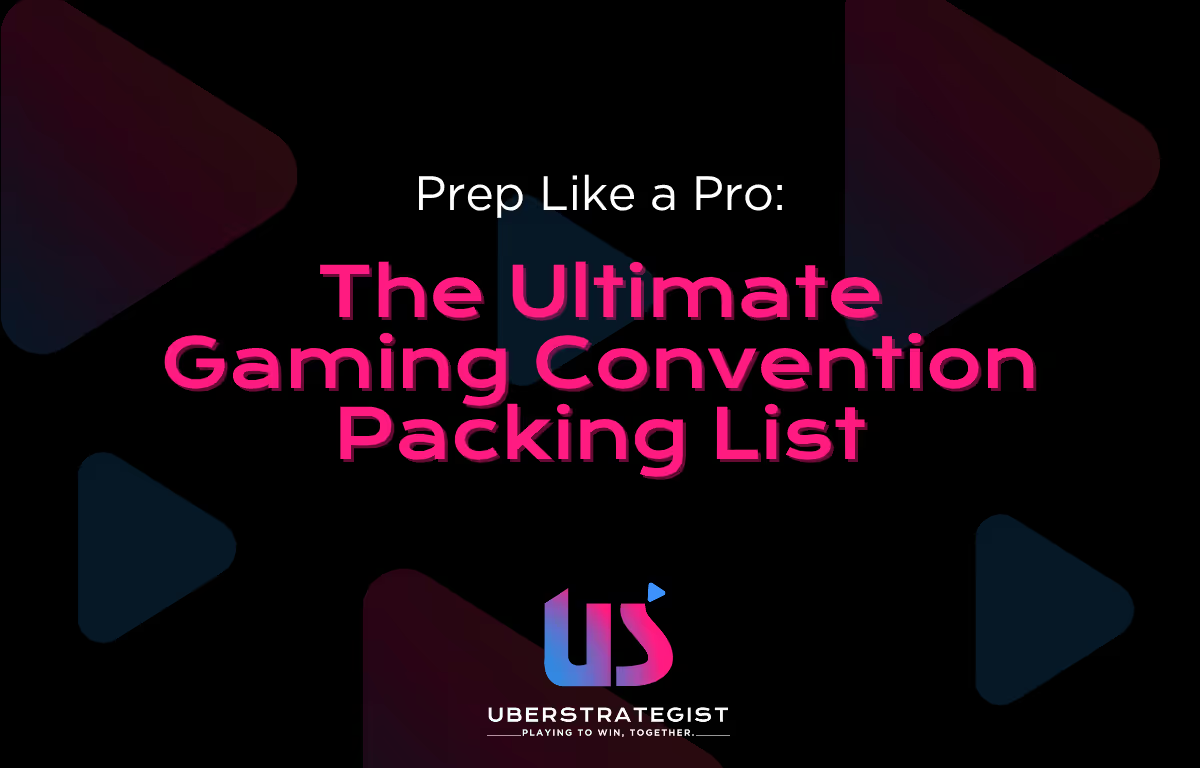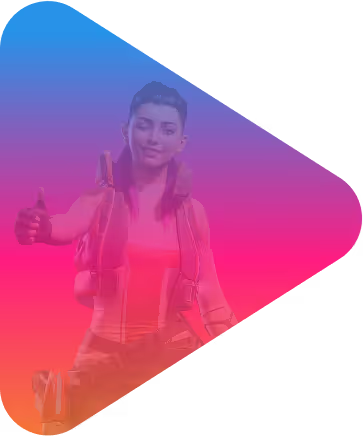10 Do's and Don’ts to Nail Your Next Media Interview
Posted in:
Video Game PR
Events | Trade Shows
gamescom. PAX. A publisher roundtable. You’re finally getting facetime with the media, and the spotlight’s on you.
A great media interview can get your game wishlisted, shared, or even picked up by a major outlet. The key to success is simple: Preparation!
Our team has coached hundreds of game industry professionals on how to talk to the media. To help you, we’ve compiled a quick list of 10 key do’s and don’ts for handling gaming press interviews with confidence and focus so you get the coverage you deserve.
🧠 TL;DR: Quick Reference – Press Interview Dos & Don’ts for Game Devs
✅ DOs
- ✅ Start with a sharp, one-sentence pitch
- ✅ Let your game take center stage
- ✅ Use bridging phrases to stay on message
- ✅ Speak calmly and with intention
- ✅ Follow up with personalized thank-yous
❌ DON’Ts
- ❌ Ramble through long-winded intros
- ❌ Over-apologize for bugs or builds
- ❌ Overshare or confirm unfinalized info
- ❌ Forget your press kit
- ❌ Assume anything’s “off the record”
1. ✅ DO: Start with a Strong, Simple Pitch
If a journalist asks, “What’s your game about?” you need a quick, memorable hook.
A great format is: “It’s [Game X] meets [Game Y], but with [your unique twist].”
Try:
“It’s Hollow Knight meets Hades… but with tactical card combat.”
One sentence. One mental image. One chance to get them curious.
Practice it out loud. Record yourself. If someone outside your team can’t repeat it back after hearing it once, it’s too complex.
Pro tip: Your pitch should answer:
- What’s it like?
- What’s unique?
- Why should they care now?
2. ❌ DON’T: Ramble or Bury the Hook
If it takes five minutes to explain your game, most editors will already be mentally checking out. Press meetings are fast. Journalists are busy. If your pitch isn’t clear within 60 seconds, it won’t land.
The longer you go, the more likely your key message gets lost in the weeds. Remember: clarity is not the enemy of creativity.
If someone wants more details, they’ll ask. Give them room to do that.
3. ✅DO: Let the Game Do the Talking
Show, don’t tell.
Journalists are there to see the game. Keep your intro short, then get into the demo.
As they play or watch the demo, spotlight features that reinforce your pitch. For example, you might tell them, “This next part shows off the boss battle,” or “Watch how the time loop mechanic kicks in here.”
Don’t narrate everything. Silent focus is a good sign. It means they’re engaged.
4. ❌ DON’T: Apologize for Bugs or Unfinished Features
If you’re showing an early build, it’s okay that it’s not perfect. Editors get it. They know previews often involve work-in-progress demos, and they’re not expecting final polish. What they are looking for is potential.
Instead of apologizing, just acknowledge:
“This is a rough build—ignore the placeholder art here.”
Then, redirect: “What we really want to show you is the elemental fusion system in this next segment.”
Your confidence sets the tone.
5. ✅ DO: Use Bridging Phrases When You’re Caught Off-Guard
During the interview, if you are asked something tricky, difficult to answer, or just not relevant, you don’t need to answer directly. Use bridging phrases to redirect the conversation.
For example:
- “I see why that’s interesting, but what’s most exciting for us is...”
- “I can’t speak to that just yet, but what I can share is…”
- “We’re still finalizing those details, but here’s what I can tell you…”
Bridging phrases keep you in control of the narrative while showing respect for the journalist’s curiosity. They also buy you a second to regroup and steer the conversation toward your game’s biggest strengths.
Practice a few before every interview.
6. ❌ DON’T: Reveal Info That’s Not Locked In
Be careful not to reveal information that’s still in flux or unapproved, such as your launch date, pricing, or anything else that’s not ready to share.
If something isn't locked in, avoid “soft confirms”. Instead, say, “We’re targeting early next year, but nothing’s official yet.” That keeps expectations realistic and avoids issues later.
Stick to what’s real, polished, and approved.
7. ✅ DO: Speak with Intention
You don’t need to fill every silence or power through your entire list of talking points. Talk like a human, not a press release.
Think: calm, thoughtful, confident—not rapid-fire PR bot. The best interviews are like real conversations, not like someone trying to win a speed run of their pitch deck.
And if you get off track? It’s okay to stop, reset, and try again. “Let me rephrase that,” is perfectly fine.
The more comfortable you are in your own voice, the more confident and memorable you’ll be. And that takes practice. Mock interviews, self-recording, and teammate feedback go a long way. Practice builds presence.
8. ❌ DON’T: Show Up Without a Press Kit
A great press meeting is only half the battle. Editors still need assets to cover your game. Without easy access to screenshots, your trailer, and game description, you risk missing out on coverage.
For every interview, ensure that you have:
- 3–5 polished screenshots
- Game logo and short game description
- Key features and platforms
- Trailer link
- Contact info
Use a tool like DoPressKit or a shared Google Drive folder to make access easy.
As a bonus, create a QR code to instantly share your press kit. No one wants to dig through a cluttered inbox to find what they need, so make it easy for media to do their job, and they’re far more likely to cover your game.
9. ✅ DO: Assume Everything Is On the Record
Unless it’s clearly agreed otherwise, anything you say can be quoted. That casual aside about your publisher? The launch window joke? The negative comment about your Steam page? All fair game.
If you want to give background or context by sharing something not ready for publication, ask first: “Can I share something off the record?” Then wait for the journalist to agree. If they don’t agree, don’t talk.
A good rule of thumb: If you wouldn’t want it quoted in a headline, don’t say it out loud.
10. ❌ DON’T: Skip the Follow-Up
Your press conversation doesn’t end when the interview does. A quick follow-up can turn a one-time interaction into a lasting relationship. Send a thank-you email within 24–48 hours. Mention one thing you discussed, and re‑share your press kit link.
Relationships with game media are built over time. Showing respect, staying in touch, and being helpful all go a long way. The best PR isn’t just about promotion, it’s about connection.
Ready to Tackle Your Next Media Interview?
Media interviews don’t have to feel like boss battles. With a little prep—and the right mindset—you’ll be able to pitch your game with confidence, handle curveball questions, and leave a great impression on the press.
If you want to keep leveling up, grab our free “Talking to the Media” guide and checklist.
Or, if you're heading into a big event or media tour and want more support, we offer 1:1 and group media training sessions tailored for game devs. We’ll walk you through mock interviews, refine your messaging, and make sure you're ready to shine.
Let’s make your next press moment your best one yet.
Other Posts You’ll Love

Learn how to plan and use each type of video game trailer — teaser, announcement, gameplay, launch, and more — to build stronger campaigns.
Read This Blog
See how PR ties other marketing initiatives together, adding credibility, momentum, and long-term value, making it essential for game marketing.
Read This Blog
Headed to a gaming convention? Use this guide to pack smart with press kits, demo devices, power solutions, and essentials to shine.
Read This Blog
.avif)





